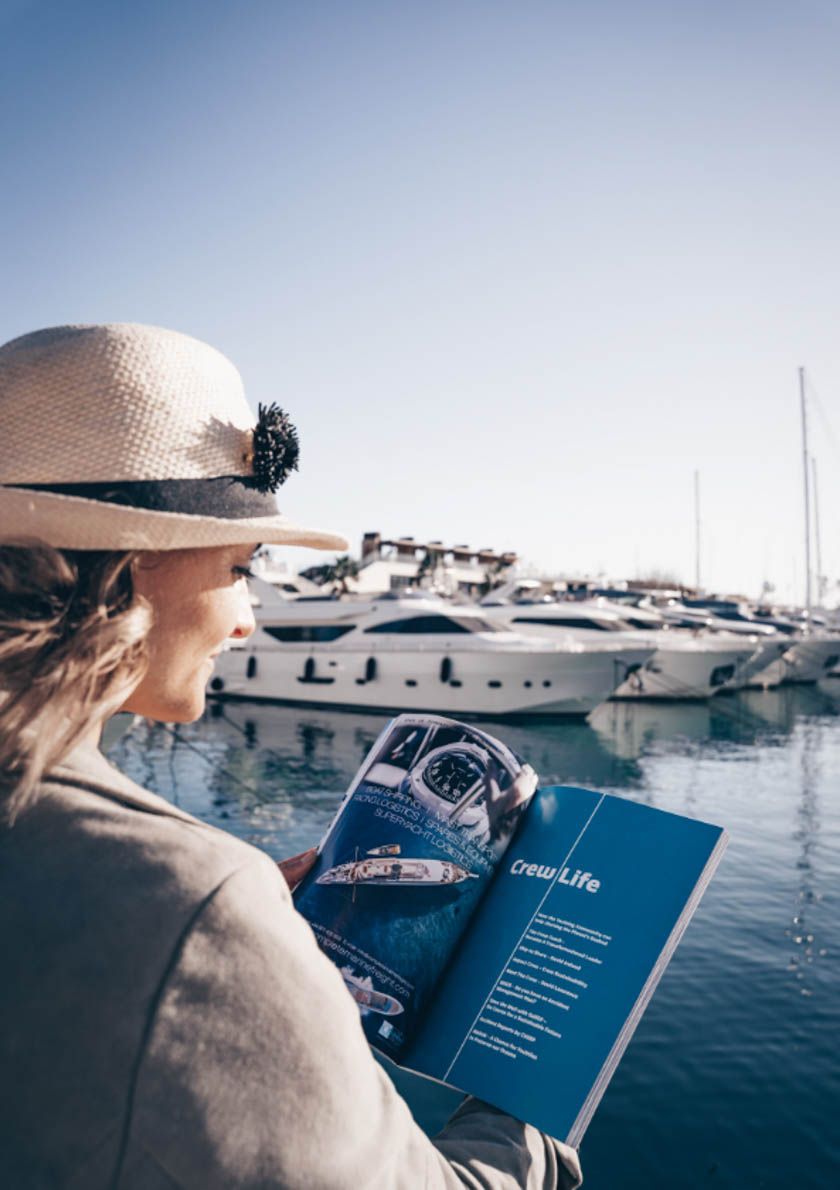Today we are going to look at a really simple, yet important part of any risk assessment, the Accident Management Plan (AMP).
In the superyacht industry, and even on pleasure craft with friends and family, we are constantly assessing risks and putting procedures in place in our emergency planning. We are regularly reviewing our fire and safety, man overboard and abandon ship strategies. However, medical risk assessment and associated accident management plans are not so commonly practiced outside the classroom.
The idea is to have a proactive strategy for identifying, assessing, and mitigating risks as a best practice to ensure good outcomes for the business or mission. It’s also used to ensure there’s alignment across the team/crew so everyone is on the same page about what’s important and what to do if an event happens.
It documents procedures and who is responsible for what so the people know what to do when something happens. Just putting this kind of plan in place helps reduce risk because there is thought given to potential hazards which may not have otherwise been detected.
For example: You identify your main hazards such as cardiovascular emergency, physical trauma, marine envenomation, allergy/anaphylaxis, you rate the consequence, likelihood, risk and if it is an acceptable medical incident. Then you state the risk control measures and define a clear plan of action for each medical accident or emergency.
In any serious medical accident or emergency you will work so much better as a team if you know and have practiced your accident management plan. Here is a super simple example of an AMP, to give you some food for thought.
An Accident Management Plan means a documented procedure (or procedures) that set out the measures necessary to prevent accidents occurring within the permitted installation, during both normal and abnormal operations, and limit the consequences to human health or the environment of any such accidents that do occur.
The following is an example of an AMP. This plan should be followed in the event of any accidents. All crew should receive training in this plan at the commencement of their employment on the boat, with the Medical Officer to arrange regular training/simulation scenarios.
- Take charge
- The most senior person (per the hierarchy outlined above) will take charge of any accident or emergency situation
- This person will clearly declare themselves as the leader immediately
- Depending on the situation, they may send for help from one of the sub leaders (doctor, engineer, cabin manager) or from other crew
- Scene assessment
- The person in charge will conduct a scene assessment before anyone enters a scene
- This may include taking actions to remove or reduce dangers at the scene, or sending for resources to be brought to the scene (e.g., fire extinguisher, portable first aid kit, defibrillator, oxygen, hypothermia blanket, etc)
- This may include seeking the advice of engineering/medical/cabin crew
- Once safe, the person in charge will then clearly declare that the scene may be entered
- Primary survey
- To be performed for each casualty involved in an accident
- The primary survey should be performed by the person most qualified to do so, in the following order of hierarchy:
- Medic/Doctor/Nurse/Paramedic
- Captain
- Divemaster or other dive crew with rescue diver certificate
- Crew member with first aid training (all)
- This survey should be performed quickly to assess for and treat any immediate dangers to life, using a common DRSABCDE approach (If you do not know what the DRSABCDE is please contact me!)
- The person completing this will then report the findings to the person in charge (unless they are the person in charge)
- The exposure component of this survey should prompt the rescue team to consider moving the patient to the delegated “sick bay” or the ship hospital if safe to do so
- Secondary survey
- The secondary survey should be performed by the person most qualified to do so
- This is performed to assess for other injuries and illnesses that will require management
- Plan and treat
- All injuries and illnesses should then be treated within the scope of the doctor, ship medic or first-aider providing that care
- If there is any doubt that any medical issues identified lie outside that person’s scope of practice, advice should be sought from the telemedicine support service.
In general, where there is only first aid trained crew members onboard available to provide care, all presentations should be discussed with the telehealth service
- Manage for long term
- The doctor or telemedicine service will then liaise with the Captain to create a plan for the coming hours and days and to determine disposition:
- Remain on board for treatment
- To be transferred to land for definitive care
- By rotary wing aeromedical aircraft
- Vessel to travel to port
Telemedicine support
Telemedicine support will be available 24/7 for virtual medical examination to be performed. When required, the service will also liaise with search and rescue teams and resources to facilitate retrieval of patients.
This service may be accessed by the Medical officer onboard, or where the doctor is unavailable, by the Captain or crew. The Medical Officer, Captain and all crew will receive training in using the telemedicine device and service.
- Evacuation plan
Evacuation from the vessel will be undertaken only in the most extreme of circumstances as a last resort, and only at the ‘abandon ship’ direction of the Captain.
I hope this helps and inspires you to be prepared for anything.
Remember, prior preparation prevents…

























0 Comments